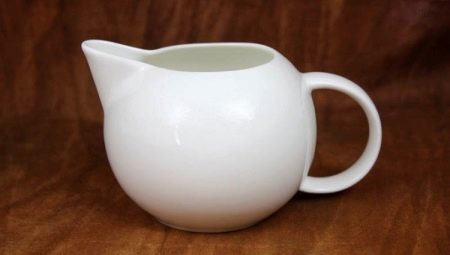Small and elegant. So you can characterize these cute jugs - creamer and milkman. But what are the differences between them? Even in appearance they are similar, but the dimensions and some details give out different ways of application. Why use this dish? Let's get it right.
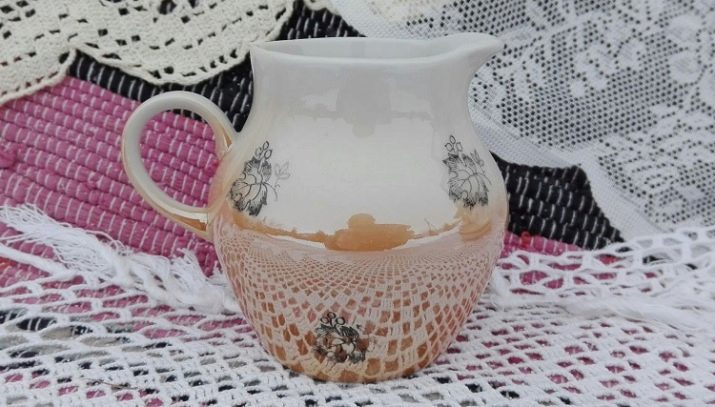
Features
It is actually very difficult to make clear distinctions between the creamer and the milkman. If you start from the English language, then everything is even more complicated - the word creamer comes from cream - which means “cream”. Nevertheless, coffee is served with milk, poured either into the milkman, then into the creamer.
You can determine by size - the milkman is much larger than the creamer. They are very similar to jugs in appearance. Often these vessels are sold as a set. And there are old models that even become collectibles and look great in the interior of the house.
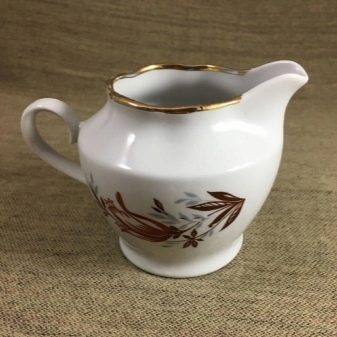
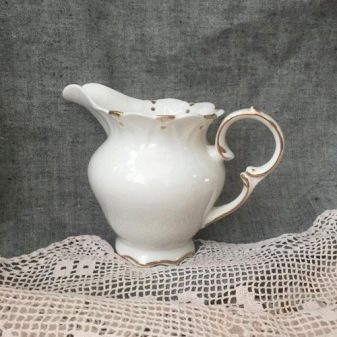
Destination
Currently creamer is attached to large tea or coffee sets. Creamers, as a rule, contain from 0.05 to 0.2 liters of liquid. Etiquette porcelain creamers are served with hot drinks. Milkman is larger and traditionally used to serve milk to the table. It also has a pear-shaped shape, like a creamer, has a nose on its side, and closes with a lid.
In decorating both pitchers, different techniques and paints are used, for example, enamel or even gilding.
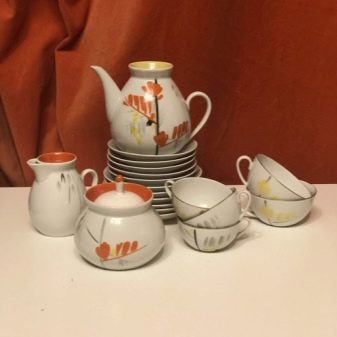
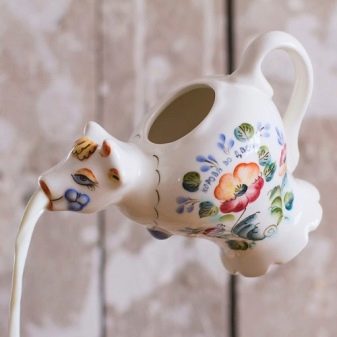
Materials
Manufacturers more often carry out these kitchen utensils from porcelain or stainless steel so that the service looks matchless in the kitchen, but the stainless steel is the clear winner.
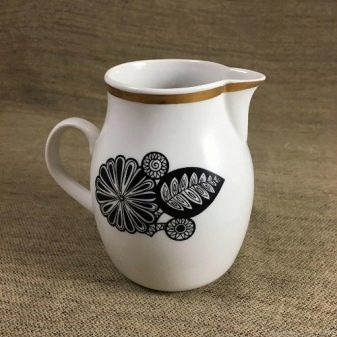
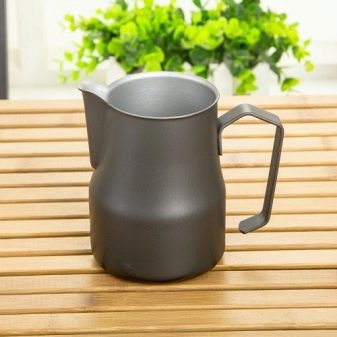
But not only for aesthetic reasons, jugs are made of these materials! The fact is that steel has a lot of advantages.
- It is wear resistant. The walls of the dishes are durable and do not corrode.Even if you constantly drop such dishes, it will never break like porcelain or glass.
- Relatively safe. Unlike plastic, for example, steel does not emit harmful substances in contact with hot liquids. In fairness, it should be noted that nickel, which makes stainless steel, is dangerous to humans in large doses. However, the steel surface does not have a porous structure, that is, odors cannot be retained. Metal milk jug and creamer are not particularly beautiful from an aesthetic point of view in comparison with the same porcelain, but you can be absolutely sure that this dish will serve you for many years without accumulating bacteria from dairy products.
- Can be heated on the stove. Many people choose silicone and plastic because of the possibility of heating in the microwave, but if you look, you can heat the creamer on the stove in just a couple of minutes, putting it on a hot burner, which does not differ in time from heating in the microwave.
Modern stainless steel can even be used on induction cookers, since it has a ferrite bottom.
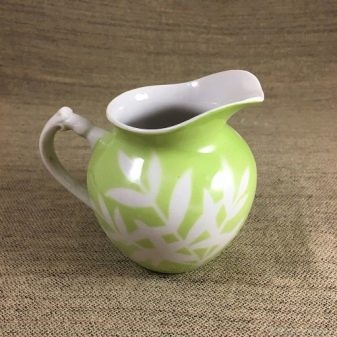
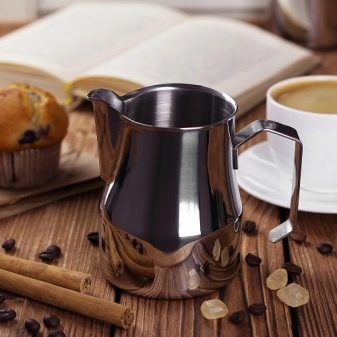
The only negative of stainless steel milkmen is the burning of milk in them. But making a choice between cheap materials and stainless steel, you can still get used to and keep an eye on milk, constantly stirring when you heat it, and then the problem just disappears by itself. And you can get a milkman with a thick bottom.
Creamers and milk jugs of any shape and design can be found in countless online stores or in dishware stores in your area.
They will always add charm to the meal and will not go unnoticed.

You can watch a video review of a private collection of vintage creamers a bit below.
